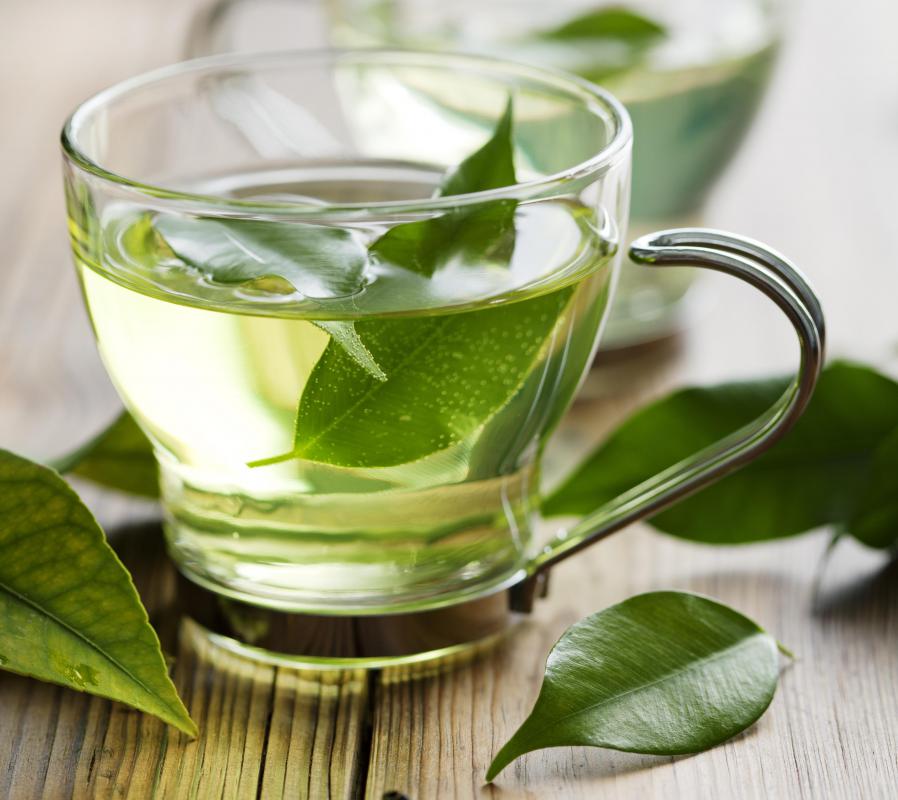At WiseGEEK, we're committed to delivering accurate, trustworthy information. Our expert-authored content is rigorously fact-checked and sourced from credible authorities. Discover how we uphold the highest standards in providing you with reliable knowledge.
What Is Gyokuro?
Japanese gyokuro, meaning "jade dew," a very fine, very expensive green tea. Most of Japan's green tea is called sencha, made from leaf harvests. When gyokuro is produced, however, farmers shade the plants for at least three weeks before harvesting just the young buds for a distinctively deep green tea. The result is an expensive drink with a savory-then-sweet flavor and the best punch of amino acids and caffeine.
Farmers have prepared green tea in the gyokuro and sencha styles for at least 3,500 years. The Yabukita plant is the primary source for sencha, but gyokuro is more apt to come from less hardy varieties like Asahi, Goko, Midori or Yamakai. These latter plants are known for being the best at absorbing nitrogen from the soil, which translates into high levels of amino acids. Another difference in gyokuro is that it takes very little time to steep and brew.

What makes this green tea most distinct, however, is the way it is harvested. Gyokuro undergoes the most shading of green tea varieties, with at least 20 days with suspended photosynthesis. This produces a more nutrient-rich and flavorful tea with even body. Another type of shaded variety is called kabusecha, which is shaded just before harvest, but for only a week.

Some of the regions with the most respected gyokuro crops are in and around Uji, in the Kyoto prefecture, and in the Okabe region. Many farmers here and elsewhere use straw to shade their crops, adding more in the last week to ensure proper coverage. The Uji farmers typically shade their crops for a month or more, starting when young buds first appear; however, others just shade them for about three weeks. The amount of shade often depends on the species of plant being grown.
The result is a green tea with very little bitterness and a savory flavor, known in Japan as umami. After an initial savory flavor, however, a sweet aftertaste obviates the need for much added sugar. The shading results in the divergent taste by slowing the growth of the first buds of the season, allowing them to fill to overflowing with essential amino acids, particularly theanine. As the season progresses, tea plants transfer many of those amino acids into antioxidants called catechins, which give green tea its astringent qualities. This is why early buds of gyokuro have the least astringent flavor of the green teas.
AS FEATURED ON:
AS FEATURED ON:












Discuss this Article
Post your comments